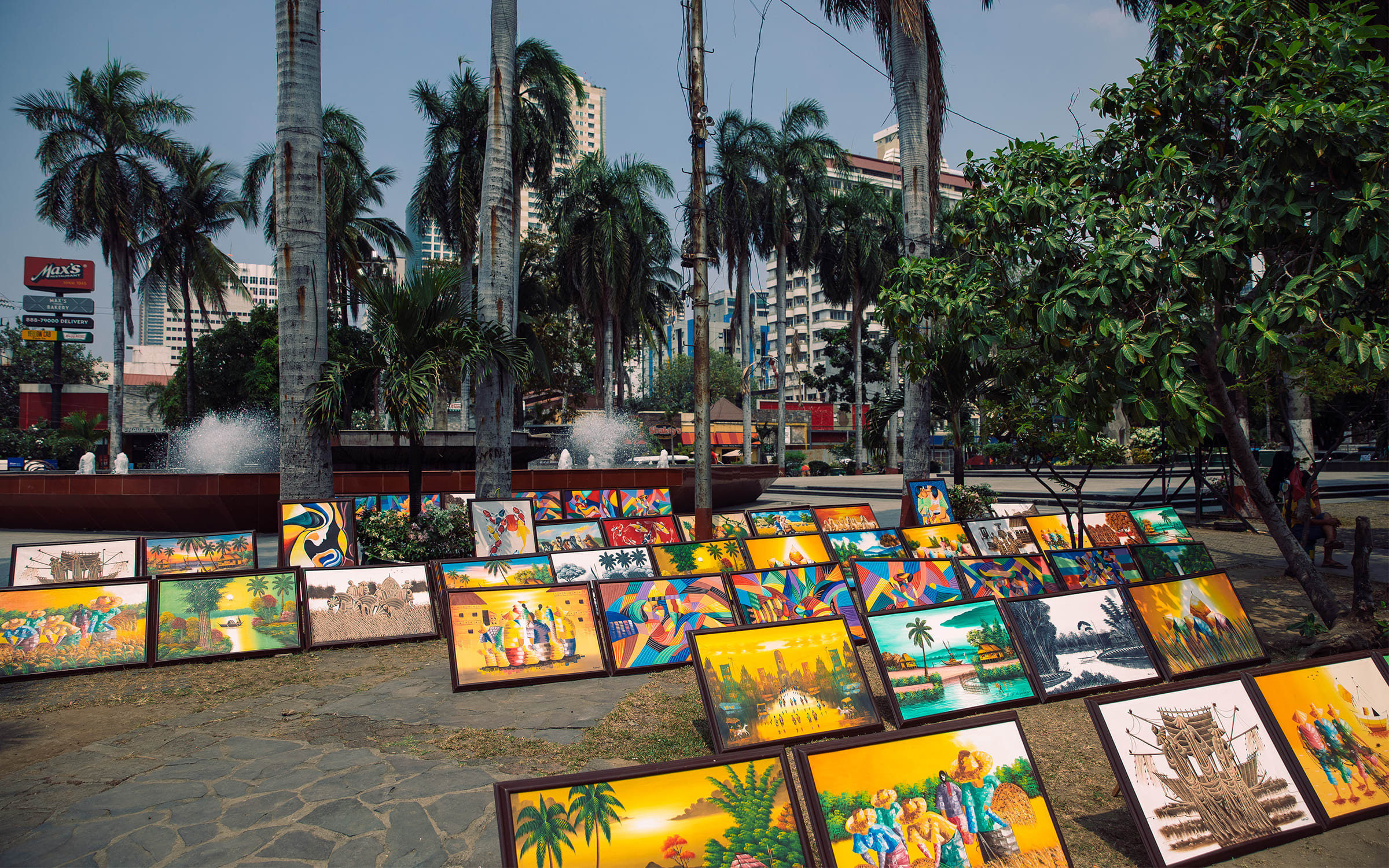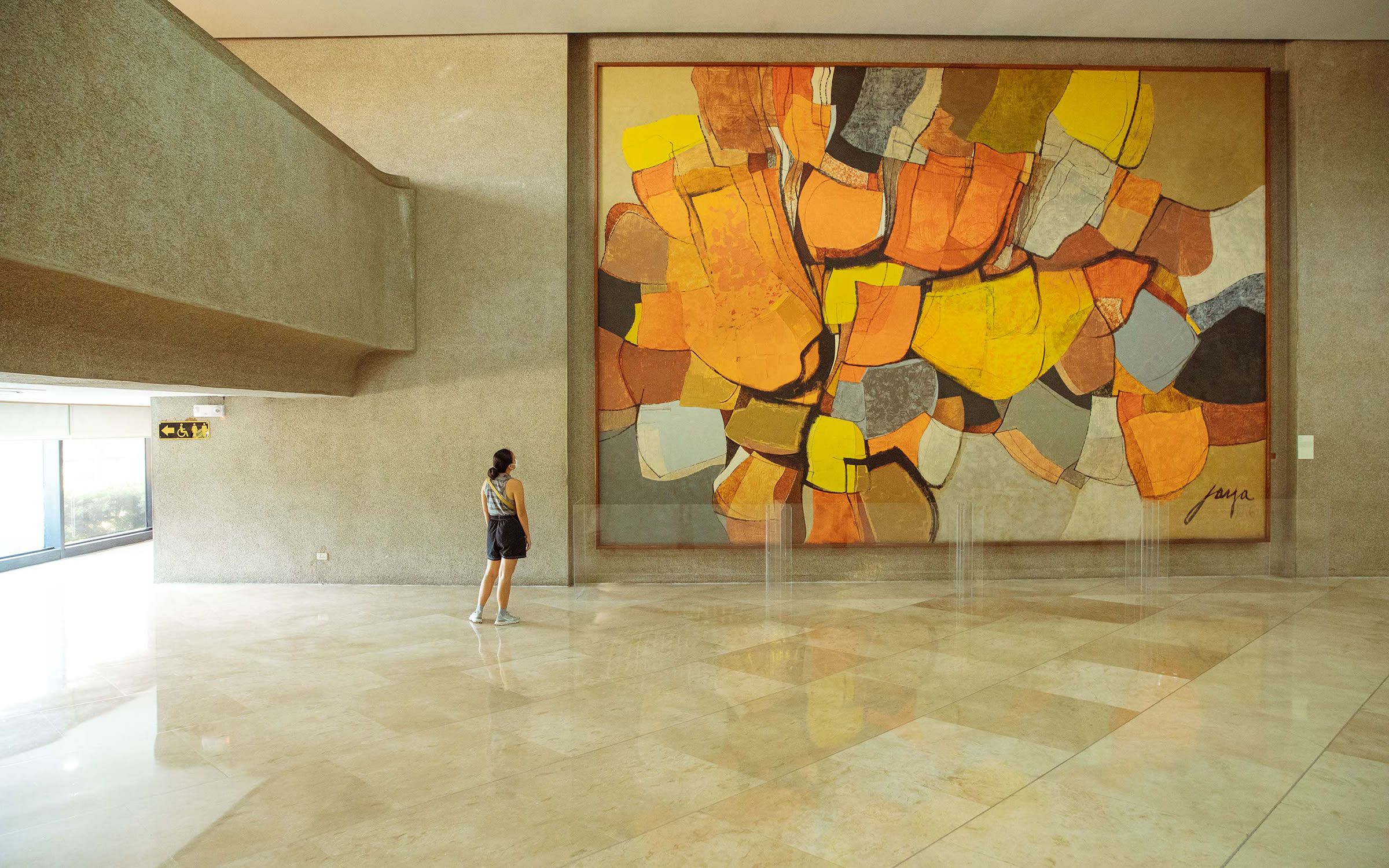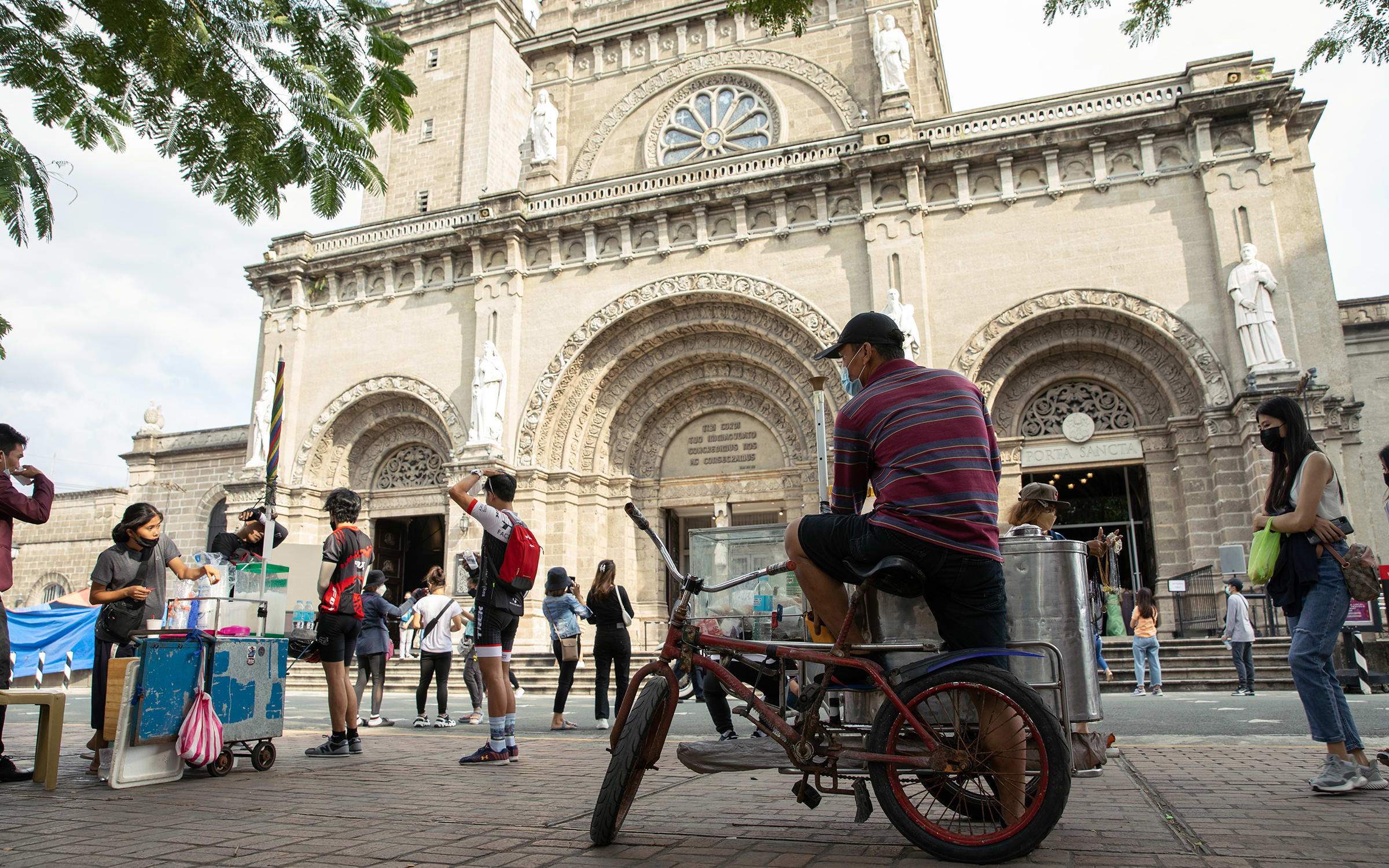The Philippines, one of Southeast Asia’s strongest art markets, is a nation-state with a storied art history. It was here, in 1821, that Asia’s first modern art school was established in Manila by the artist Damian Domingo, which was followed by the founding of the National Museum in 1901. The fact that the scene was started by an artist isn’t incidental: Artists have long been at the forefront of the expansion of the Philippines’ arts landscape, which Dr. Patrick Flores, the curator of the Taiwan Pavilion at the 2022 Venice Biennale, describes as ‘archipelagic.’

One particularly noteworthy figure has been Arturo Luz. An artist who belongs to the prestigious Order of National Artists of the Philippines, he opened his eponymous gallery in Manila in 1960, heralding the rise of the gallery-as-institution at the start of an important decade for modern and contemporary art in the city. Before that, commercial galleries catering to a postwar market had eclectic roots in the capital’s two kilometer-long Mabini Street, where spaces began emerging in the 1940s, including The Little Home Shop, which sold Moro brassware, embroidered piña fabric and indigenous dresses, and Manila Art Craft, known for its reptile leather goods, as well as the marketplace Pistang Pilipino (later Sining Pilipino) in the 1980s, which hosted 200 stalls for arts and crafts.
Throughout the 1960s, an array of privately owned and public institutions was established in Metro Manila, including Ateneo Art Gallery, which launched at the start of the decade following the artist Fernando Zobel’s bequest to Ateneo de Manila University. In 1967 the Ayala Foundation founded the Ayala Museum, and two years later First Lady Imelda Marcos inaugurated the government-affiliated Cultural Center of the Philippines, a space showcasing traditional, modern, and conceptual art in a Modernist structure designed by another National Artist, Leandro Locsin. Research carried out by the academic and curator Lyn Yusi in 1997 puts the number of art museums that were inaugurated in the region during the 1970s as four, while 34 galleries were opened, including the privately owned commercial Galleria Duemila, founded by Silvana Ancellotti-Diaz in 1975 after she moved to Manila from Italy to be with her husband, the artist Ramon Diaz. The Metropolitan Museum of Manila, now The M, opened the following year as a venue for international exhibitions, subsequently offering docent training programs and audience-development initiatives. It was run by Luz, who also helmed the Museum of Philippine Art (MOPA), which was backed by the government until its closure in 1986.

In 1992, the ratification of Republic Act 7356 ushered in the National Commission for Culture and the Arts, whose role included establishing an endowment fund for arts and culture, and declared culture a human right. Two years prior, the art group Black Artists in Asia including Norberto Roldan and Charlie Co, among others, had founded the Visayas-wide biennial Viva Excon in Bacolod City. In the years that followed, the number of commercial galleries opening in malls snowballed – locations included SM Megamall and Shangri-La Plaza, both in Mandaluyong City, followed by Alabang Town Center, in Muntinlupa City, and Glorietta, in the financial capital of Makati City.
The turn of the millennium saw the rise of a new generation of commercial contemporary art spaces clustered around Makati City, among them The Drawing Room, founded in 1998, Artinformal, established in 2004 with another space in Mandaluyong City, and Silverlens during that same year, which has made a name for itself globally through representing Filipino artists such as Pacita Abad and Martha Atienza at international fairs including Art Basel and S.E.A. Focus. Commercial spaces continued to spring up across Metro Manila, in places like Cebu City, where Tropical Futures Institute was founded in 2015 by the cultural strategist Chris Fussner as an ‘experiment in contemporary culture.’
‘While the cogs at the so-called “centers” of Philippine art continue to turn, more and more small pockets of activity are growing in other places,’ notes Rica Estrada, Officer-in-Charge of the Visual Arts and Museum Division at the Cultural Center of the Philippines. The artist and curator Kawayan de Guia, son of the National Artist and filmmaker Kidlat Tahimik, initiated the Ax(is) Art Project festival in 2011 in the Cordillera Region, in the northern Philippines, while the artist Alfredo Esquillo, who founded Eskinita Art Gallery in Makati City in 2017 as an alternate curatorial and collaborative platform, established a branch in a farmhouse at Tanauan, Batangas, in 2020. In 2018, the late cultural activist Carlos Celdran helmed the launch of the Manila Biennale in the historic center of Intramuros – the same year the kunsthalle Museum of Contemporary Art and Design at De La Salle-College of Saint Benilde in Malate celebrated its 10-year anniversary, and the Social Realist artist Emmanuel Garibay launched the Linangan Art Residency to develop artistic and leadership skills through mentorship and community-building projects. Two years later, Garibay established a residency space in Alfonso, Cavite.

Emerging formats designed to connect people, spaces, and places include the Asian Cultural Council-backed Museum Collective, founded by cultural workers Sofia Santiago and Ana Tamula in 2019 to provide innovative support for museum education programs across the Philippines, and the philanthropic initiative Bellas Artes Projects (BAP). Founded by the patron Jam Acuzar in 2013, BAP is renowned for bringing international artists to its Manila and Bagac Bataan locations for exhibitions and residencies, including Tuan Andrew Nguyen, Eddie Peake, and Hera Büyüktaşçıyan. In 2018, BAP launched its Young Collectors Program to nurture a scene of emerging patrons for arts and culture in the Philippines.
According to Lisa Ito, the Secretary-General of Concerned Artists of the Philippines (CAP), the drivers of artworld growth have been patronage systems ranging from ‘decentralized state institutions, private sector foundations and institutions, and self-organized initiatives or organizations within the various creative communities.’ She expounds that a huge part of these activities and infrastructures is often built and sustained through invisible cultural labor persisting under precarious conditions and a lack of government support. The curator Mayumi Hirano and artist Mark Salvatus, who founded the mobile art and research project Load na Dito in 2016, agree. Describing the Manila art ecosystem as ‘physically distant but socially intimate, fragmented but connected,’ they highlight the ‘joint efforts of arts and cultural workers to form a loose structure,’ which they believe helps shape a sense of cohesion beyond social positions, affiliations, ideological inclinations, and geographical locations.
That sense of networked connectivity has been amplified by the pandemic, which has done nothing to dampen the Philippine art market. Indeed, the past two years have been laborious yet spirited, with several new art fairs and exhibitions adding to a constellation of market initiatives and platforms, including Alt Philippines, Visayas Art Fair, and FotomotoPH. Then came the ManilaBang Show: Artfest International in Muntinlupa City, launched in December 2021. In August 2020, Art in the Park (AIP), an affordable art fair staged in Jaime C. Velasquez Park in Makati City, became the first local art event in Metro Manila to shift online after the onset of the pandemic. ‘I don’t think the commercial art scene will ever look back,’ says AIP co-founder Trickie Colayco-Lopa, who points to the wave of younger collectors now traversing the online and offline realms seamlessly. ‘The online and the offline will always move hand in hand.’
Each of these platforms is defined by strong yet strategic audience-development mechanisms aimed at instigating a diverse and dynamic arts ecosystem. Ultimately all roads lead to Manila as the nexus of a vibrant and expansive arts landscape that extends across this archipelagic nation-state. ‘Manila is where the contemporary art scene vibes strongest,’ Lopa says. While the Philippine capital may rank low in any rundown of global art centers, she continues, ‘the city holds a firm place in Southeast Asia as a capital of creatives, and not just for art.’
Alain Zedrick Camiling is an arts writer, educator, and curator based in Manila.
Discover more related content below:
Captions for full-bleed images: All images by Joseph Pascual for Art Basel.